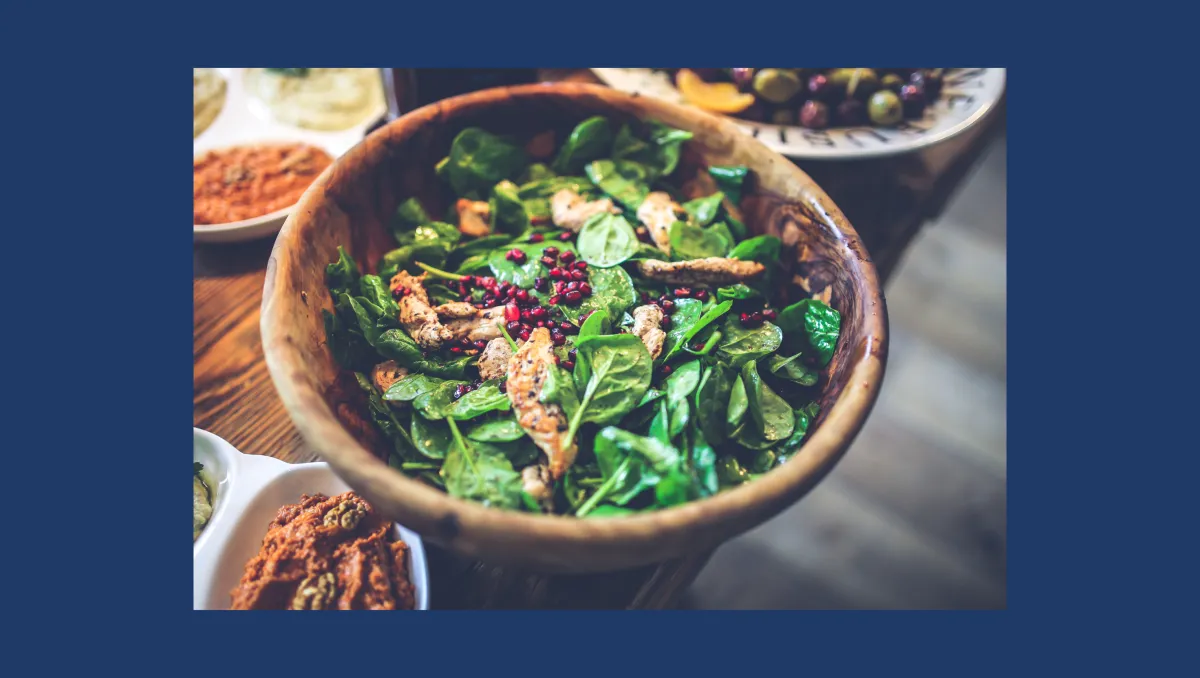
Beyond Calories: How to Outsmart Belly Fat with Biology
Beyond Calories: How to Outsmart Belly Fat with Biology
Belly fat isn’t just about how your jeans fit. It’s not just about looks, it’s a biochemical signal that your body is out of balance.
You might be eating "healthy," exercising, even skipping dessert, but that stubborn belly isn’t budging. Why? Because it’s not just about calories. It’s about communication: the hormonal signals that tell your body what to store, where to store it, and when to let it go.
Let’s break down how to outsmart belly fat by tuning into the real players: insulin, cortisol, and your gut. This isn’t about restriction, it’s about alignment.
Insulin: The Fat Gatekeeper Think of insulin as the body’s storage manager. When you eat sugar or refined carbs, insulin says, “Let’s stash this away,” especially around the midsection (1).
But when insulin levels stay low and steady: thanks to fiber, protein, and healthy fats, your body gets the message: “We’re safe. We can let go.”
Eat for low, steady insulin:
Build meals around non-starchy veggies, lean protein, and healthy fats.
Save carbs like sweet potatoes or fruit for after activity when your body is primed to use them.
Skip sugary snacks and sodas, they spike insulin and store fat.
Cortisol: The Silent Fat Hoarder Cortisol is your stress hormone. Short bursts help you survive. But chronic stress, poor sleep, mental strain, even too much cardio, keeps cortisol high (2).
High cortisol tells your body, “We’re in danger. Hold onto fat, especially around the belly.”

Send calm signals with:
Consistent sleep (7-8 hours a night)
Gentle movement like walking or stretching
5 minutes of deep breathing before bed
My client Sarah struggled with belly fat despite strict dieting and intense workouts. When we prioritized her sleep, reduced her stress load, and swapped her evening spin classes for calming walks, her body shifted. In three months, she dropped 2 inches from her waist, without changing her calorie intake.
Exercise: The Right Signal, Not a Punishment Over exercising can actually increase cortisol. Instead, think of movement as a signal.
Try this:
Strength train 2-3x/week: Muscle is metabolically active and burns fat at rest.
Take post-meal walks: They lower blood sugar and aid digestion.
Add short, high-effort sessions (15-20 min) once or twice a week.
Your body loves efficiency. Give it signals that support, not stress.
Fasting: A Reset, Not a Rule Intermittent fasting works for some because it gives insulin a break. But it’s not about skipping meals to earn food.
Try a gentle fast:
Finish dinner by 7 p.m., eat breakfast at 8-9 a.m.
That’s a 13-14 hour fast: enough to support insulin sensitivity without deprivation.
Your Gut: The Hidden Regulator A healthy gut supports hormone balance, reduces inflammation, and influences fat storage.
Nourish it with:
Fiber-rich plants: Think kale, zucchini, and berries
Fermented foods: Yogurt, kimchi, or sauerkraut
Water: At least 8 cups a day
When your gut thrives, so does your metabolism.
The Belly Fat Reframe Belly fat isn’t your enemy, it’s a signal. A message that your body is out of sync. And that’s empowering, because you can tune it.
Small, consistent shifts make a big difference:
Sleep a little more
Breathe a little deeper
Eat a little earlier
Walk a little longer
You’re not broken. You’re just waiting for the right signals.

Your Next Step: One Small Shift Tonight Start by picking one action:
Take a walk after dinner
Swap soda for water
Add protein and veggies to your plate
Want to get your body back in sync? Discover the hidden signal your body gives off days (even weeks) before weight gain, brain fog, or burnout strike, click here
Your biology is ready. Let it hear the right message.
References
Ludwig, D. S., & Ebbeling, C. B. (2018). The Carbohydrate-Insulin Model of Obesity: Beyond “Calories In, Calories Out”. JAMA Internal Medicine, 178(8), 1098–1103. https://doi.org/10.1001/jamainternmed.2018.2933
Epel, E., et al. (2000). Stress and body shape: Stress-induced cortisol secretion is consistently greater among women with central fat. Psychosomatic Medicine, 62(5), 623–632. https://doi.org/10.1097/00006842-200009000-00005

